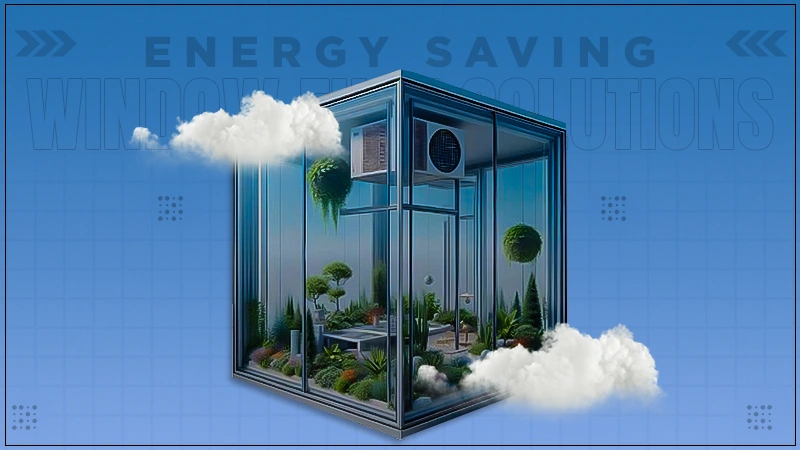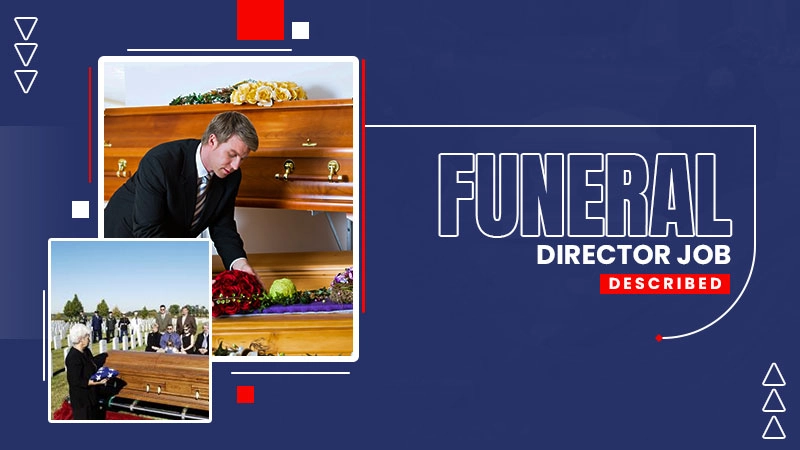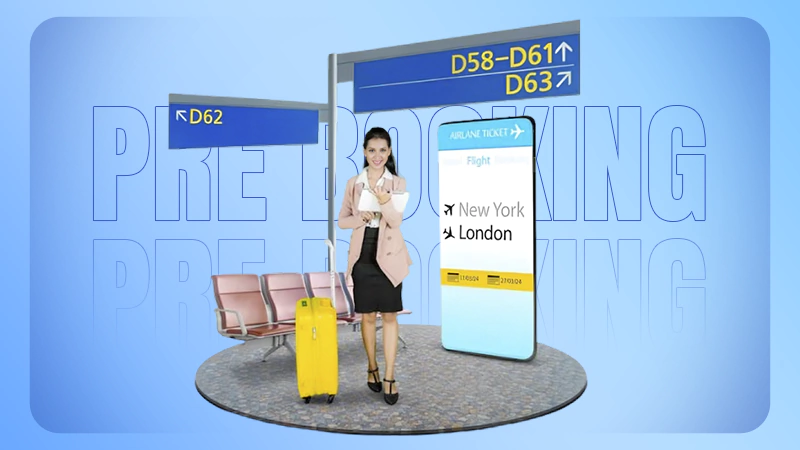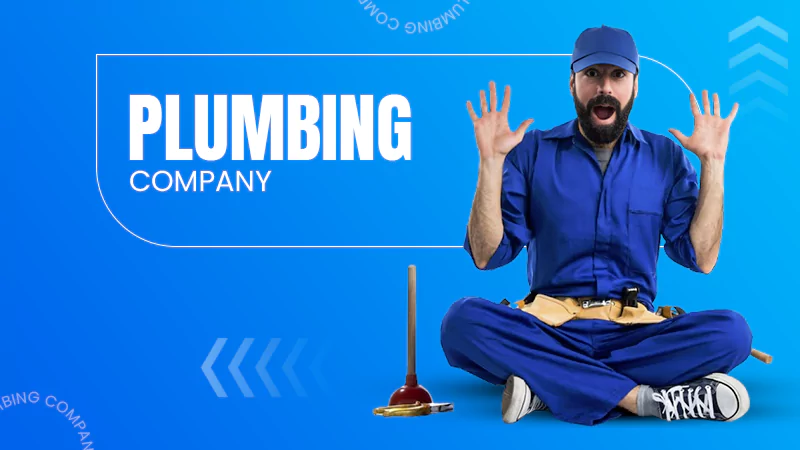How to Calculate CMMS ROI
When implementing a new idea all companies ask themselves whether the new idea will increase their ROI. At the end of the day, the most important thing is increasing profits and lowering costs. Therefore, if the idea or technological adoption will not earn your company money it is not worth it.
With the correct implementation of CMMS, it can increase ROI and make operations simpler by making major problems such as unpredicted downtime, longer repair time, and lack of transparency in asset maintenance. In this article, we are going to look at some of the ways of calculating your CMMS ROI.
The CMMS ROI formula
The simple formula is:
(CMMS value-CMMS cost)/CMMS cost.
Two things have to be put into consideration when calculating these values:
1. The amount of money saved after implementing a CMMS (CMMS value)
2. Total cost of implementing and operating the CMMS (CMMS cost)
3. The turnaround time you are measuring (for accuracy)
When entering the data for this formula finding the overall CMMS cost can be direct. However, determining the CMMS value can be difficult.
Easy Calculations
If you lack the bandwidth of calculation ROI you can get a dependable estimate by checking out research on preventive maintenance. A fully featured CMMS will automate and rectify preventive maintenance efforts. Therefore, checking the advantages of preventive maintenance can offer you some insights into CMMS ROI. You can use the figures below for reference:
A business can save around 12-18% of reactive maintenance and repair costs when using preventive maintenance.
Predictive maintenance has the potential of minimizing equipment breakdown by 30-50% and prolonging equipment life by 20-40%.
A business can amass an ROI of 545% within 20 years by changing from reactive to preventive maintenance.
According to Price Waterhouse Coopers report, predictive maintenance can increase uptime by 9%, reduce expenses by 12 %, reduce health, environmental and safety risks by 14% and prolong the life of machinery by up to 20%.
Comprehensive CMMS calculations.
A proper CMMS can save you expenses either directly or indirectly via output improvement or saving time. You should emphasize six main areas of your maintenance activities to have a whole view of your CMMS return on investment:
- Downtime
- Utilities
- Asset Life
- Inventory/parts
- Productivity/labor
- Compliance
Asset Life
Reactive maintenance can increase unexpected downtime, reduce asset life, and reduce safety. Reactive maintenance is a common practice in organizations that lack a CMMS. These companies usually have outdated asset information entered on paper making it hard to track machinery history, and schedule or implement preventive maintenance.
Solving this problem with CMMS software increases the lifecycle of the asset and reduces the labor and expenses of unprecedented breakdowns. To calculate yearly savings as a result of increased asset lifecycle divide the total asset cost by its lifespan. For instance, if a piece of machinery costs $80000 and is used for 20 years. The cost per year will be $4000. Extending the machinery’s life for 6 months would enable you to save some money.
Also, you can read: The Most Popular Types of Investments for You to Choose From
Downtime
A collaborative, centralized real-time CMMS software helps users to:
- Connect systems
- Prioritizing work orders
- Increase efficiency.
- Managing teams
- Making information-driven decisions
- Arranging assets across devices.
- Budget efficiency
- Conducting the set processes
This helps reduce unplanned downtime. The real cost of unscheduled downtime can be hard to calculate since it can have an impact on other business factors such as the cost of labor, asset lifespan, etc. Therefore, you should estimate a single asset.
For instance, if one of your machinery was disabled and the repair parts cost $1000, the unexpected labor cost $500. You will be sure that if CMMS software this could have been averted.
Inventory/parts
Inventory management can be automated by CMMS software which is accompanied by features such as usage tracking, notifications of stock level, and item lookup. This reduces the cost of carrying obsolete goods and the expense of emergency orders if you do not have the requested items. To make calculations of inventory savings you are required to know:
- The monthly cost of spare parts
- The amount of savings with a CMMS
For instance, if you have $3000 in useless monthly inventory and you need to spend $2000 on ordering emergency parts, you should use CMMS software to give you the data you require for reducing such costs. You could save $5000 per month or ever $60000 yearly.
Productivity/labor
CMMS software offers administrators structured and easily accessible asset information and accurate communication. As a result, there will be an increase in productivity and a reduced cost of labor in the future. To calculate productivity, you need to know:
- The cost per employee per hour (add the salary plus the benefits)
- The number of workers that will use CMMS.
- The time in hours the system will save you within a certain period.
- The number of days within that period.
Example:
Cost per hour per employee=$45
Number of workers operating the CMMS=10
Time saved per day= 1 hour which denotes a 12.5% production increment within a shift of 8 hours.
The number of working days within 3 months=66
The calculation according to the provided data:
45 x 10x 1x 66=$29700 savings quarterly.
Utilities
It is possible to lower utility costs. The HVAC systems use more than 40% of all the energy in a facility. Scheduled preventive maintenance enables the HVAC systems to work at optimum efficiency using 15 to 20% fewer resources such as water, gas, and electricity.
To arrive at savings, figure out your company’s expenditure on utilities and make a comparison of the number to the expected expense if assets such as HVAC units were functioning optimally. This could mean thousands of dollars in savings for most businesses.
Compliance
Businesses in most industries are monitored by regulatory authorities and the government. Those who cannot comply with the regulations or offer legal documentation are at the risk of being fined heavily. A CMMS software enables you to access preventive maintenance historical maintenance data, checklists, and schedules. Having such information can help your business pass such audits.In summary, the best maintenance software will always lead to a positive ROI if correctly implemented and you have a well-trained team. You can do this yourself using the above calculations. A CMMS software can offer you detailed truth about the company and what it needs. It can help your company plan, track, quantify and optimize things involved with preventive maintenance.









